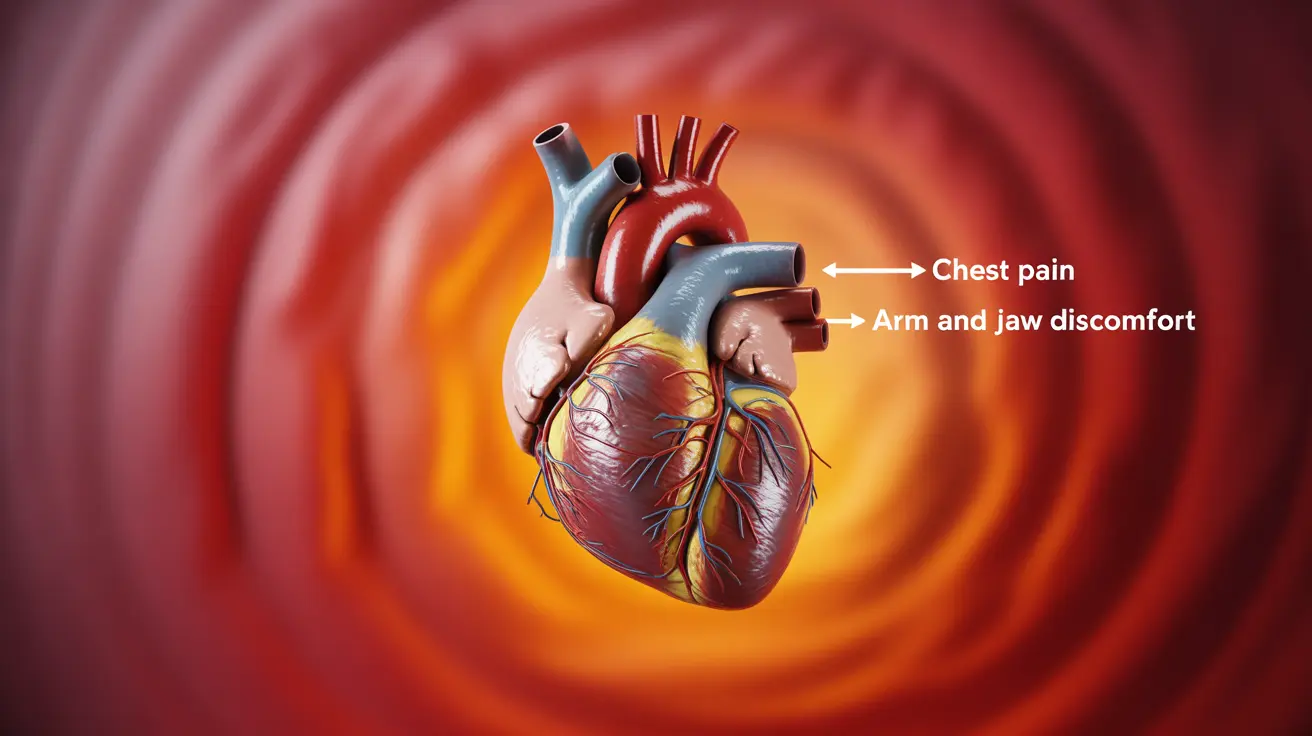Coronary steal syndrome is a complex cardiovascular condition where blood flow is diverted away from areas of the heart that need it most. This unusual circulatory phenomenon can occur naturally or during certain medical procedures, potentially leading to reduced blood supply in critical heart regions. Understanding this condition is crucial for both healthcare providers and patients with heart concerns.
This comprehensive guide explores the mechanisms behind coronary steal syndrome, its key symptoms, diagnostic approaches, and available treatment options. We'll also examine why this condition sometimes occurs during cardiac stress testing and what that means for patient care.
How Coronary Steal Syndrome Affects Heart Blood Flow
Coronary steal syndrome occurs when blood flow patterns in the heart become abnormal, typically due to the presence of collateral vessels or arterial blockages. In normal circulation, blood flows evenly through the coronary arteries to supply oxygen to heart muscle tissue. However, in coronary steal syndrome, certain areas of the heart receive less blood flow while others receive more.
The "stealing" effect happens when vasodilation (widening of blood vessels) in one area creates a pressure gradient that pulls blood away from another region of the heart. This can occur naturally or be triggered by medications that cause blood vessels to dilate.
Recognizing the Symptoms
The symptoms of coronary steal syndrome can be similar to those of other heart conditions, making it important to pay attention to specific warning signs:
- Chest pain (angina), especially during physical activity
- Shortness of breath
- Unusual fatigue
- Dizziness or lightheadedness
- Heart palpitations
These symptoms may become more pronounced during exercise or stress, when the heart requires increased blood flow. Some patients might experience symptoms that worsen with certain medications, particularly those that affect blood vessel dilation.
Diagnostic Approaches and Testing
Healthcare providers use several methods to diagnose coronary steal syndrome:
- Coronary angiography
- Nuclear stress testing
- Cardiac CT or MRI scans
- Electrocardiogram (ECG) monitoring
- Specialized blood flow studies
These tests help physicians visualize blood flow patterns and identify areas where coronary steal may be occurring. The diagnosis often requires a combination of imaging studies and clinical observation.
Treatment Strategies and Management
Managing coronary steal syndrome typically involves a multi-faceted approach:
- Medication adjustments to optimize blood flow
- Surgical interventions when necessary
- Lifestyle modifications to reduce cardiovascular risk
- Regular monitoring and follow-up care
- Cardiac rehabilitation programs
Treatment plans are typically individualized based on the severity of symptoms, underlying causes, and overall cardiovascular health of the patient.
Cardiac Stress Testing and Coronary Steal
During cardiac stress testing, coronary steal syndrome can become more apparent as the heart's demand for oxygen increases. Understanding this relationship helps healthcare providers interpret test results more accurately and adjust treatment plans accordingly.
Frequently Asked Questions
What causes coronary steal syndrome and how does it affect blood flow in the heart? Coronary steal syndrome occurs when blood is diverted away from areas needing oxygen due to abnormal pressure gradients in the coronary circulation. This typically happens because of collateral vessels or arterial blockages that create unusual blood flow patterns.
What are the common symptoms of coronary steal syndrome to watch for? Common symptoms include chest pain, shortness of breath, unusual fatigue, dizziness, and heart palpitations. These symptoms often become more noticeable during physical activity or stress.
How is coronary steal syndrome diagnosed through cardiac tests and imaging? Diagnosis typically involves a combination of coronary angiography, stress testing, cardiac imaging (CT or MRI), and ECG monitoring. These tests help visualize blood flow patterns and identify areas affected by the steal phenomenon.
What treatment options are available to manage or correct coronary steal syndrome? Treatment options include medication management, potential surgical interventions, lifestyle modifications, and cardiac rehabilitation. The specific approach depends on individual patient factors and the severity of the condition.
Can coronary steal syndrome occur during cardiac stress testing and why? Yes, coronary steal syndrome can occur during stress testing because increased cardiac demand can exacerbate blood flow abnormalities. This occurrence actually helps doctors identify the condition and understand its severity.




